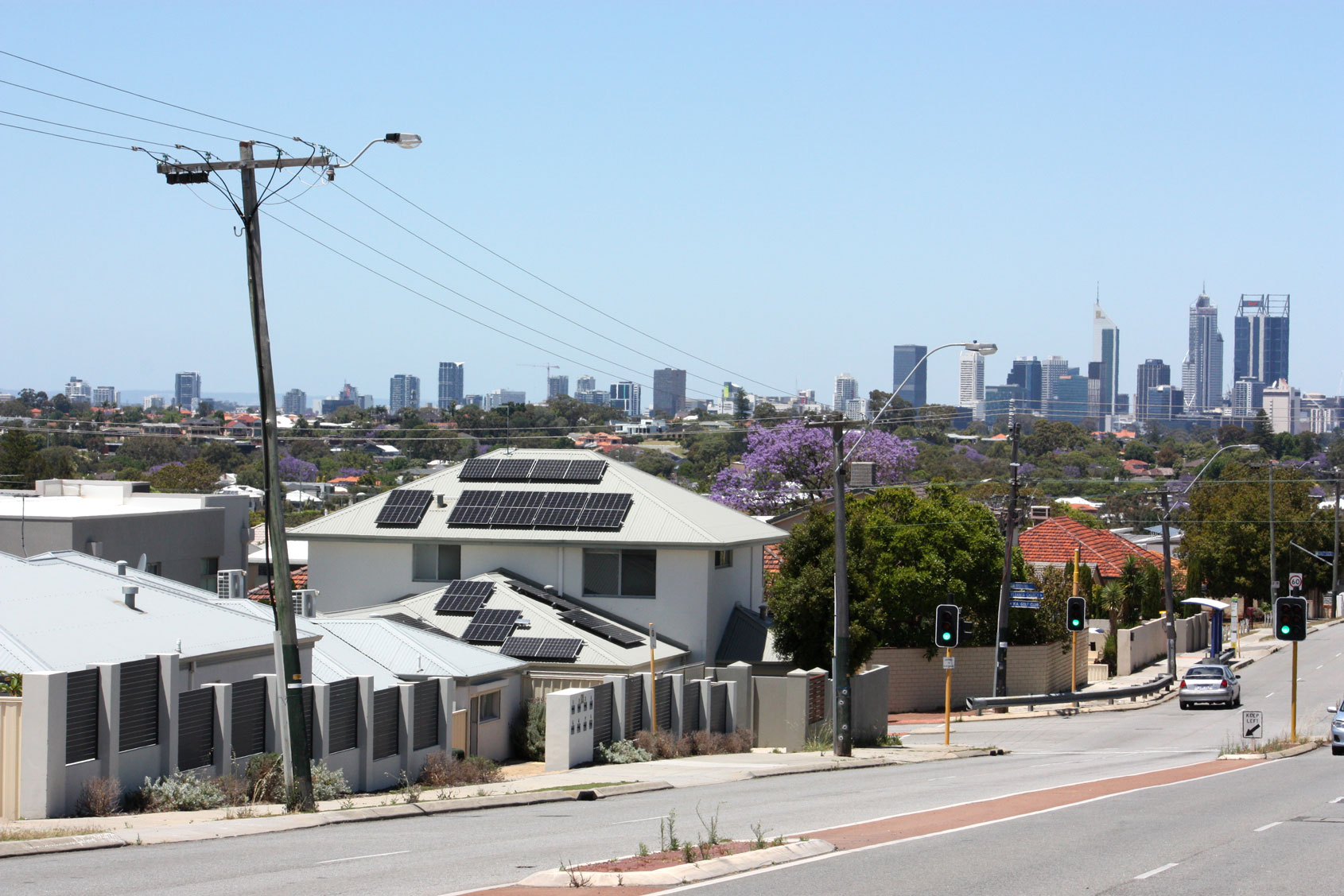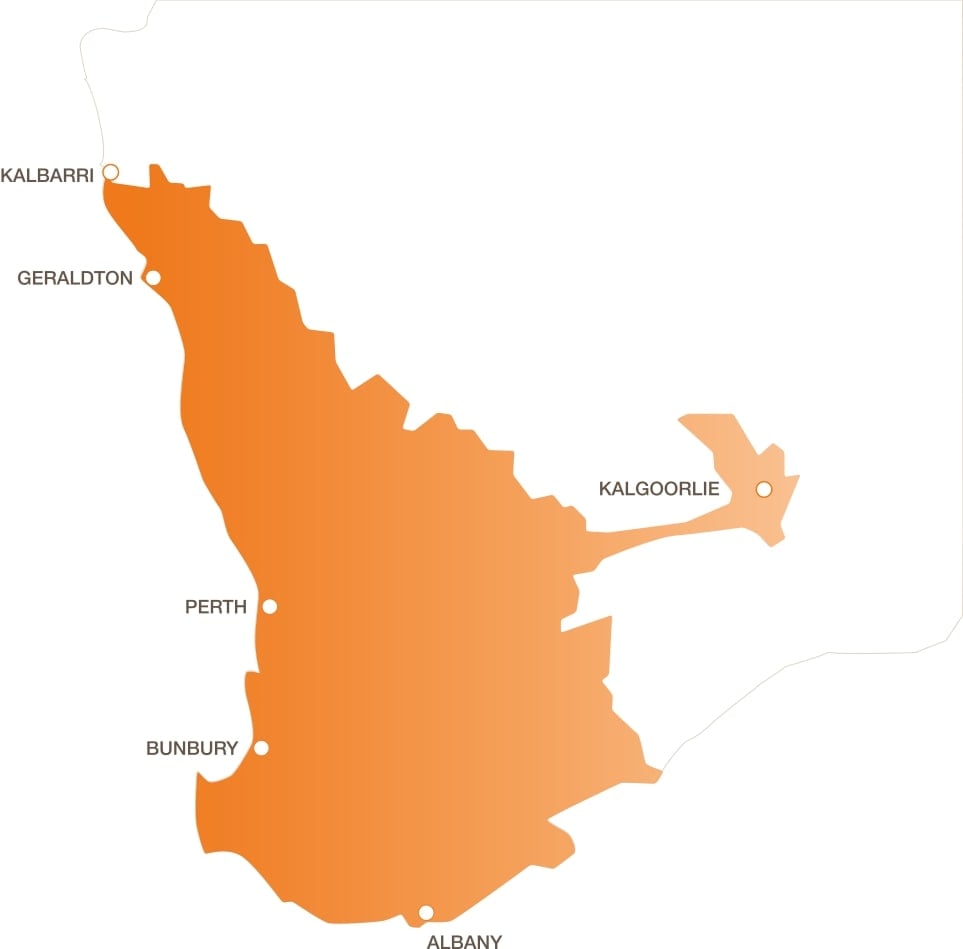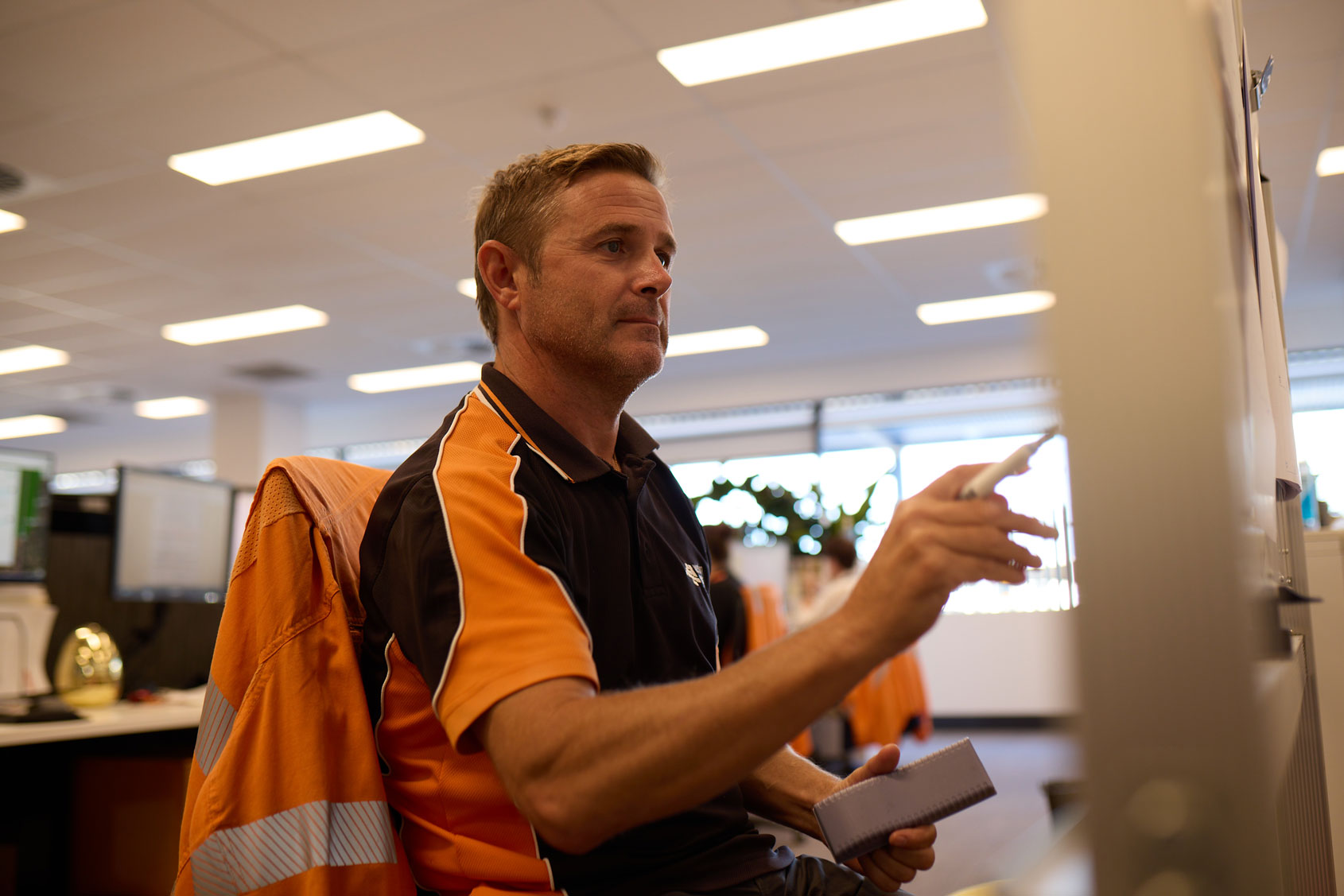
Access arrangements
The access arrangement is the main agreement negotiated between the Economic Regulation Authority (ERA) and Western Power. It describes the terms and conditions for obtaining access to the Western Power Network.
WA’s energy journey is exciting, and we are amid a once-in-a-generation shift in the way energy is produced and used.
As network operator, Western Power is responsible for delivering an essential service to the community through building, maintaining and operating WA’s main electricity network which connects 2.3 million customers to traditional and renewable energy sources. For more than 70 years, we have been providing West Australians with safe, reliable, and efficient energy. Our vast transmission and distribution network, and the people behind it, seamlessly connect our homes, businesses, and essential community infrastructure to an increasingly renewable energy mix.
The South-West Interconnected Network (SWIN) spans the Perth metropolitan area and across more than 255,000 square kilometres from Kalbarri in the north, to Albany and Bremer Bay in the south, and out to Kalgoorlie in the east.

What an access arrangement does
Every five years we put forward an access arrangement plan to the ERA (WA’s independent economic regulator). The Economic Regulation Authority reviews that plan and decides the revenue we can recover to deliver safe, reliable services.
The access arrangement:
- Sets out the services we provide to users of the electricity network
- Defines the prices (or how prices are set) for using the network
- Describes the service standards customers can expect
- Explains how Western Power’s future network investments and costs are regulated
- Is reviewed and approved by the ERA in line with Network Code objectives, including to promote the long-term interests of consumers
As a Government Trading Enterprise (GTE) we must prudently balance the projected costs and benefits of our current and future delivery.
Why it matters
The network is in a period of transition. Existing network assets are ageing, and technological progress is rapidly reducing the cost of non-wires alternatives. Our vision is to work together to power a cleaner energy future for customers and communities.
How we build the plan
We combine network evidence, cost–benefit analysis and what we hear from customers and stakeholders. Community, customer, and stakeholder input is critical in informing what should be prioritised and funded so focus can be on delivering what really matters.

AA5 and AA6
The ERA delivered its final decision on our fifth Access Arrangement (AA5) on 31 March 2023 for the period July 2022 to June 2027. We are now developing our submission for AA6. Information on our access arrangements can be found on the ERA's website
AA6 at a glance
- Period: 1 July 2027 to 30 June 2032, with a gap year delaying the operational start of AA6 until 1 July 2028
- Timing: Initial Proposal due 1 February 2027; ERA final determination expected March 2028
- Implementation: Revisions to the access arrangement commence 1 July 2028 due to the gap year; tariffs are frozen and carried over from the last year of AA5 (2026–27) to the first year of AA6 (2027–28), during which time incentive mechanisms are suspended
The aim of our AA6 submission is to have a credible, sustainable and future focused plan that has been developed in alignment with community, government and customer expectations – to best meet their needs in moving as safely, and as affordably as possible to the required future version of the grid, investing in both existing assets and new technology.
It focuses on meeting the changing energy needs while considering the performance of ageing assets, the rapidly changing energy landscape and ensuring ongoing financial responsibilities as a GTE.
Key areas include:
- Maintain safety performance
- Seek targeted improvements in network reliability and resilience
- Support decarbonisation and electrification
- Maintain essential service delivery
What’s happening now

- We’re engaging with customers and stakeholders to test priorities and trade-offs.
- We’re publishing short summaries of what we’ve heard and how it’s shaping our proposal.
- We’re refining our draft plan and technical evidence.
- We’re preparing materials for the ERA’s formal review and public consultation.
FAQs
An access arrangement sets out the terms and conditions, including prices, for our direct customers such as generators, major users and retailers. Retailers (like Synergy) pass network charges through to households and businesses.
We submit a five-year proposal to the Economic Regulation Authority (ERA) under the Electricity Networks Access Code 2004. The ERA consults publicly, reviews our proposal and decides the revenue we can recover and the service standards we must meet.
AA6 is our sixth five-year plan, covering 1 July 2027 to 30 June 2032. We’re developing the proposal now, with community, customer and stakeholder input informing the services and investments we put forward.
To avoid overlapping with the 2025 State Election caretaker period and to align with potential Access Code changes, a one-year deferral was approved in January 2025. The AA6 Initial Proposal is due 1 February 2027; the period still begins 1 July 2027, with 2027–28 tariffs carried over from 2026–27 and incentive mechanisms paused while the ERA completes its determination.
Across 2025–2026 we’re inviting feedback on priorities, trade-offs and our draft plan, including through Community Working Groups and targeted sessions with residential, business, industry and local government customers. What we hear will shape the Initial Proposal and areas where we do deeper engagement.
It’s designed to serve the long-term interests of Western Australians by ensuring our essential services are delivered safely, reliably and efficiently, at a fair cost, with transparent decisions and opportunities to have a say through the determination process.